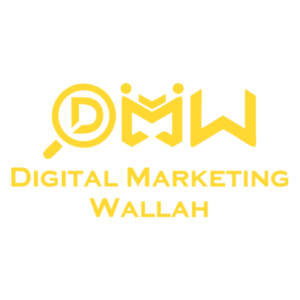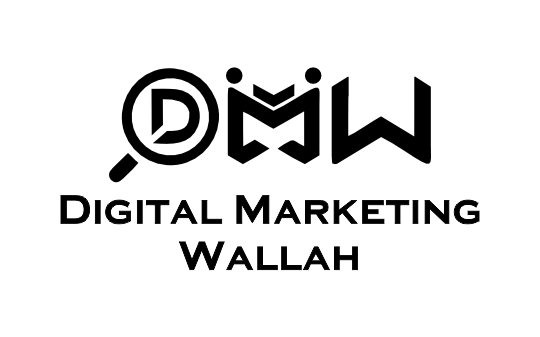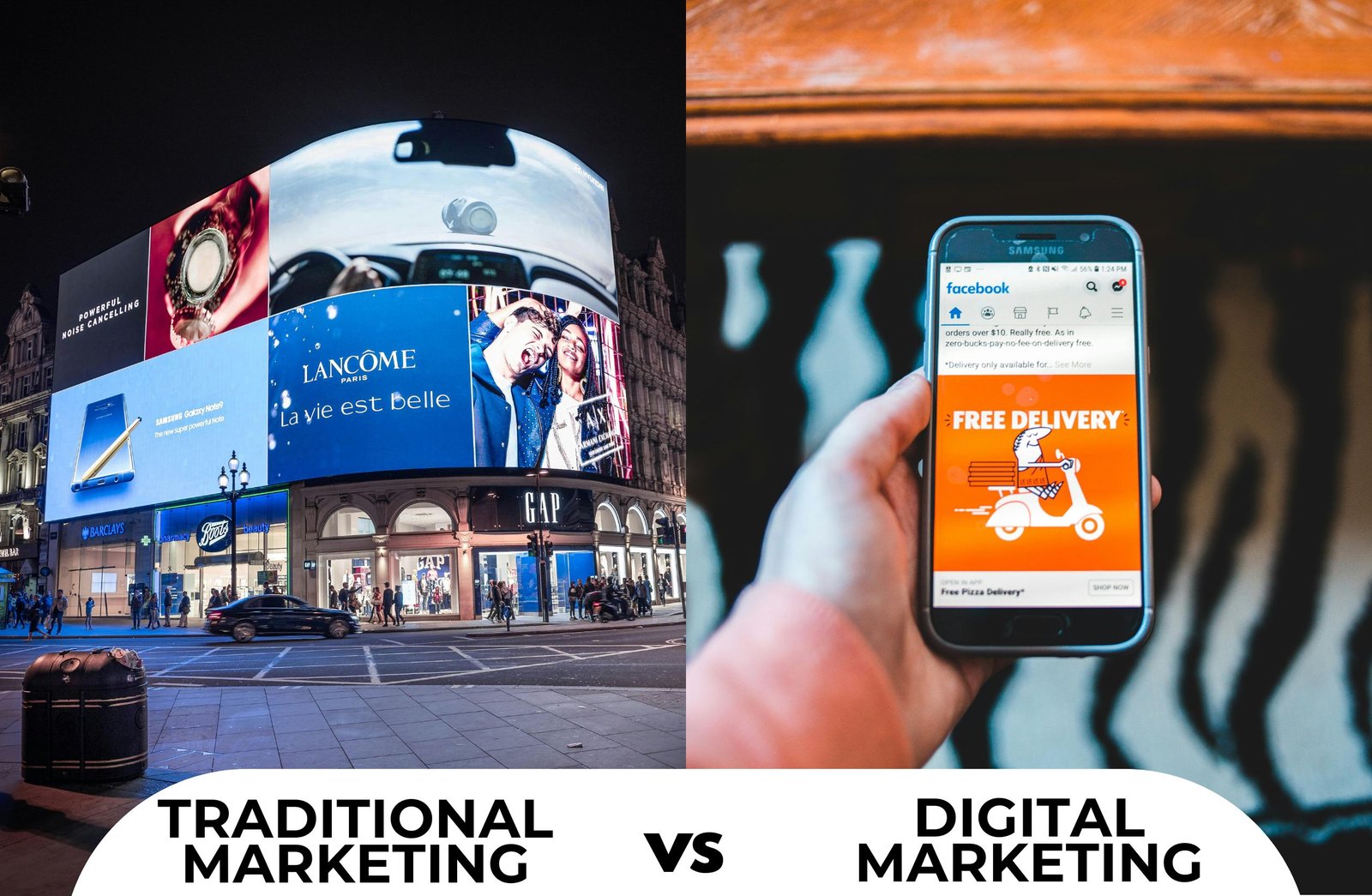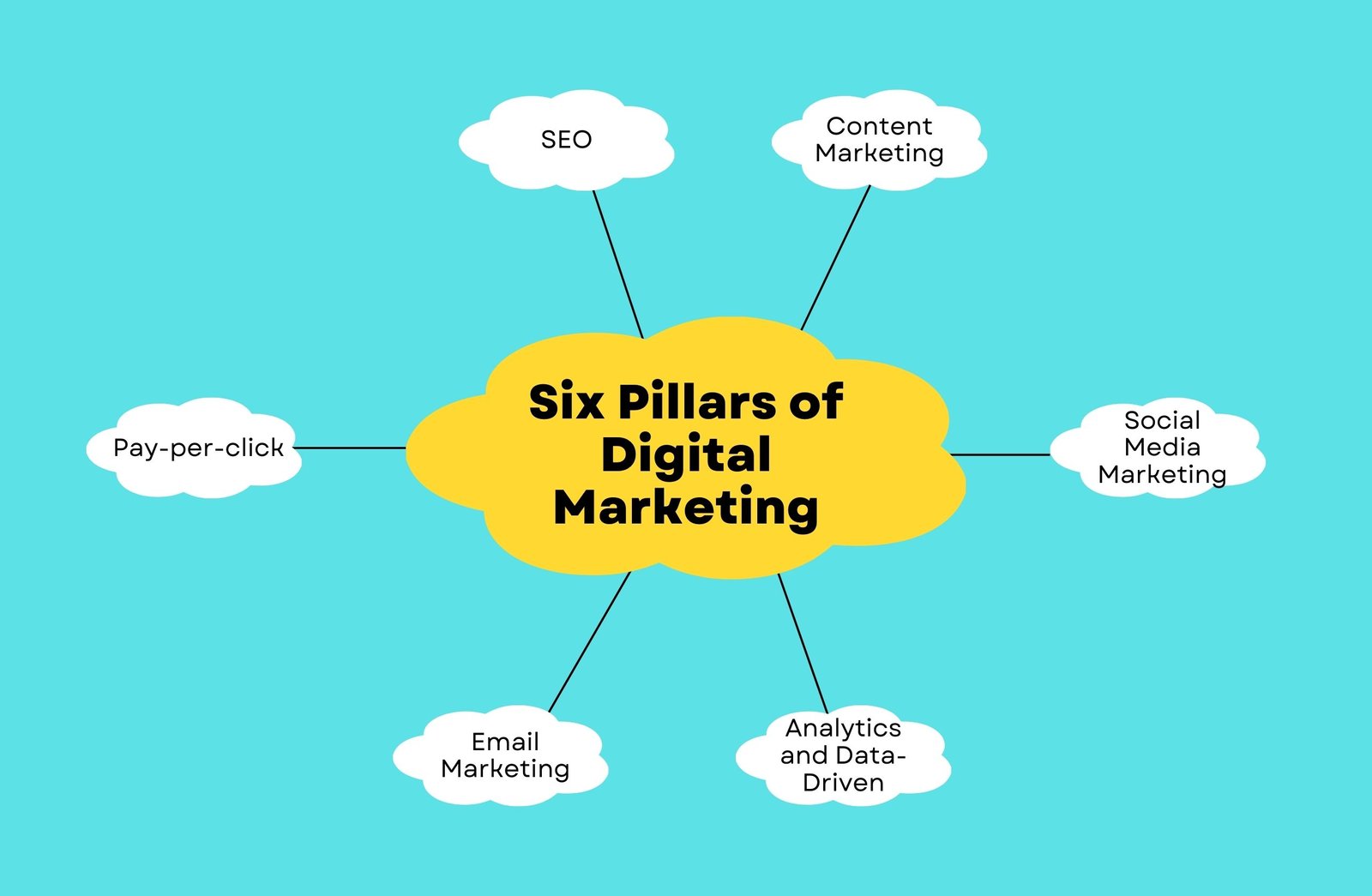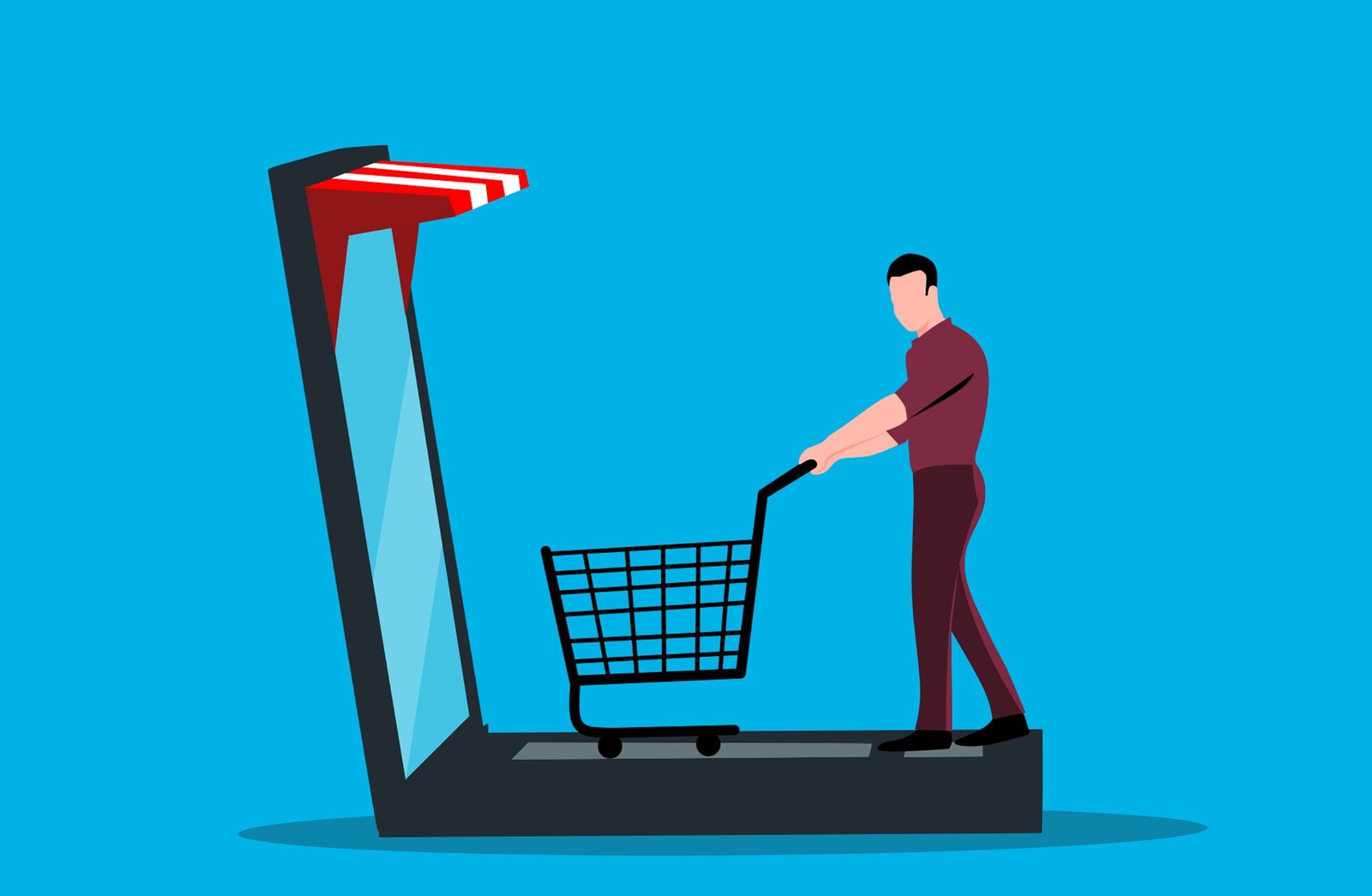Digital Marketing vs. Traditional Marketing: What’s the Difference?
In the contemporary business landscape, your marketing strategy is a pivotal factor in determining your success. The decision between digital marketing vs traditional marketing is a crucial one. Understanding the nuances of these two approaches—digital marketing offering dynamic, online-focused strategies and traditional marketing relying on conventional, offline methods—can empower businesses to allocate their resources effectively and, most importantly, connect with their target audience efficiently.
Unveiling the Timeless Art of Traditional Marketing
Traditional marketing refers to conventional methods of advertising that have been used for decades. These include:
- Television and radio advertisements
- Print media such as newspapers and magazines
- Billboards and posters
- Direct mail campaigns
- Telemarketing
Traditional marketing focuses on reaching a broad audience through offline channels. Compared to digital methods, it is typically more expensive and more complicated to measure in terms of effectiveness. Additionally, traditional marketing often relies on repetition to achieve brand recall, which can add to its cost.
Examples of Traditional Marketing in Action
- Coca-Cola’s TV Campaigns: Coca-Cola’s iconic Christmas commercials are a classic example of traditional marketing creating emotional resonance with viewers.
- Local Newspaper Ads: Small businesses often use local print ads to target specific communities.
- Billboards in High-Traffic Areas: Companies like McDonald’s utilize strategic billboard placement to drive foot traffic to nearby locations.
What Is Digital Marketing?
Digital marketing, on the other hand, encompasses all online marketing efforts. It uses digital channels and platforms to connect with consumers. Popular forms of digital marketing include:
- Search Engine Optimization (SEO)
- Social media marketing
- Pay-Per-Click (PPC) advertising
- Content marketing
- Email marketing
- Affiliate marketing
Digital marketing is highly targeted and data-driven, making it a more measurable and flexible approach. It also enables businesses to interact with their audience in real-time, fostering stronger relationships and brand loyalty.
Examples of Digital Marketing in Action
- Google AdWords Campaigns: Brands bid on keywords to display targeted ads on Google search results pages.
- Social Media Influencer Collaborations: Companies partner with influencers to promote products to their followers.
- Email Newsletters: Businesses like Amazon use personalized email marketing to recommend products and drive sales.
Key Differences Between Digital and Traditional Marketing
1. Cost-Effectiveness
- Traditional Marketing Often requires a significant investment. For example, a television ad or a billboard can cost thousands of dollars, making it less accessible for small businesses. The cost of production, including design and distribution, can also add up.
- Digital Marketing: Typically more affordable, with options like social media ads or SEO campaigns that cater to various budget sizes. Small businesses can start with minimal investment and scale up as they see results.
2. Audience Reach and Targeting
- Traditional Marketing: Reaches a broad audience but lacks precise targeting. For instance, a radio ad may reach listeners who are uninterested in the product or service.
- Digital Marketing: Allows businesses to target specific demographics based on age, location, interests, and online behavior. Tools like Google Ads and Facebook Ads provide granular targeting options, ensuring marketing efforts reach the right audience.
3. Measurability
- Traditional Marketing: Measuring ROI can be challenging. For example, tracking how many customers were influenced by a billboard is often an estimate.
- Digital Marketing: Offers detailed analytics and metrics, such as website traffic, conversion rates, and engagement levels, enabling businesses to optimize their strategies in real-time. Platforms like Google Analytics provide in-depth insights into campaign performance.
4. Interaction and Engagement
- Traditional Marketing: Primarily one-way communication. Consumers receive the message without the opportunity to engage directly with the brand.
- Digital Marketing: Encourages two-way interaction. Social media, for example, allows businesses to interact directly with their audience through comments, likes, and shares. This fosters a sense of community and builds trust.
5. Flexibility
- Traditional Marketing: Campaigns are less flexible. Changes are costly and time-consuming once a print ad or TV commercial is released.
- Digital Marketing: Campaigns can be adjusted quickly based on performance metrics, making them more agile. For example, a social media ad can be paused, edited, and relaunched within minutes.
6. Global vs. Local Reach
- Traditional Marketing: Often limited to a local or regional audience unless a company has the budget for national or international campaigns.
- Digital Marketing: Provides the ability to reach a global audience instantly, breaking geographical barriers. Businesses can target audiences worldwide with a single campaign.
Pros and Cons of Traditional Marketing
| Pros | Cons |
| Tangible materials like brochures and flyers can have a lasting impact. | High cost with limited targeting options. |
| Effective for targeting older demographics who may not be as tech-savvy. | Difficult to measure effectiveness. |
| Builds brand credibility through established channels like TV and newspapers. | Less flexibility for changes. |
| Familiarity and trust in traditional mediums can enhance brand perception. | Limited engagement opportunities. |
Pros and Cons of Digital Marketing
| Pros: | Cons: |
| Cost-effective and accessible for businesses of all sizes. | Requires continuous monitoring and updates. |
| Provides detailed insights and analytics. | It can be overwhelming due to the ever-evolving nature of digital platforms. |
| Highly targeted and customizable. | It may not reach audiences who are less active online. |
| Allows for real-time interaction with the audience. | Risk of ad fatigue if campaigns are not refreshed regularly. |
| Scalable campaigns that can grow with the business. | |
| Ability to test and refine campaigns through A/B testing. |
Which Approach Is Right for Your Business?
The choice between digital and traditional marketing depends on various factors, including your target audience, budget, and business goals. Here are some scenarios to consider:
- Traditional marketing may be more effective if your target audience is older or less tech-savvy.
- For businesses looking to expand globally or target younger, tech-savvy audiences, digital marketing is the way to go.
- A hybrid approach that combines both methods can often provide the best results, leveraging the strengths of each.
Conclusion
Both digital marketing and traditional marketing have their unique advantages and drawbacks. While conventional marketing offers credibility and a personal touch, digital marketing provides cost-effectiveness, precision, and adaptability. The key lies in understanding your audience and aligning your marketing strategy to meet their preferences and needs. Doing so can maximize your marketing ROI and achieve long-term success. Would you like help in crafting a tailored marketing strategy for your business? Let us know, and we’ll guide you to success!

